
Ever left a movie feeling puzzled by a glaring plot hole? You’re not alone. While some plot holes are just slip-ups, others have been subtly resolved in ways most viewers miss. Let’s uncover the secrets behind 15 movie plot holes that have been resolved and discover the hidden details you might have missed.
Glinda’s Delayed Guidance
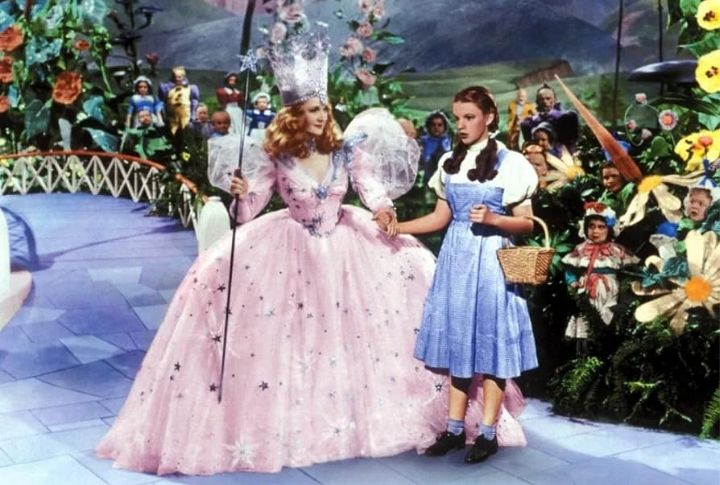
In The Wizard of Oz, Dorothy learns from Glinda that she has the power to return home. Some argue that Dorothy needed the journey to gain confidence and learn valuable lessons, which aligns with Glinda’s intention to help her grow.
Dinosaurs Outsmart the System

The lysine contingency in Jurassic Park was pretty useless, considering the dinosaurs survived it. It’s explained that herbivores could find lysine-rich plants, while carnivores consumed herbivores, allowing them to bypass the contingency naturally and maintain the ecosystem.
Titanic’s Lifeboat Shortage

Why didn’t the Titanic have enough lifeboats? At the time, regulations required lifeboats for half the passengers, not the total capacity. This oversight emphasizes the tragic hubris and complacency that marked the era, ultimately leading to disaster.
Death Star’s Vulnerable Design
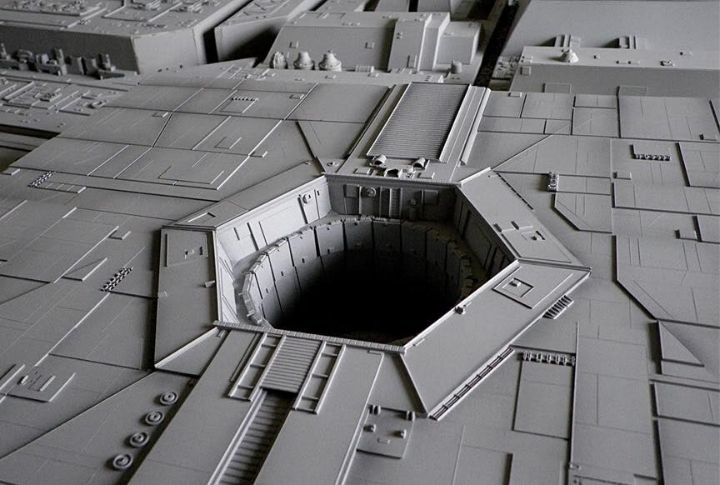
The exposed exhaust port on the Death Star seems like a glaring oversight. However, this was an intentional design flaw planted by the Rebel-sympathizing engineer Galen Erso, as revealed in Rogue One, to ensure the station could be destroyed.
Indiana Jones’ Indirect Impact

Some argue that Indiana Jones has no impact on the film’s outcome, as the Nazis would have died regardless. However, his role in delaying their plans and saving Marion is pivotal, showing his significance beyond the artifact.
Time Turner Limitations
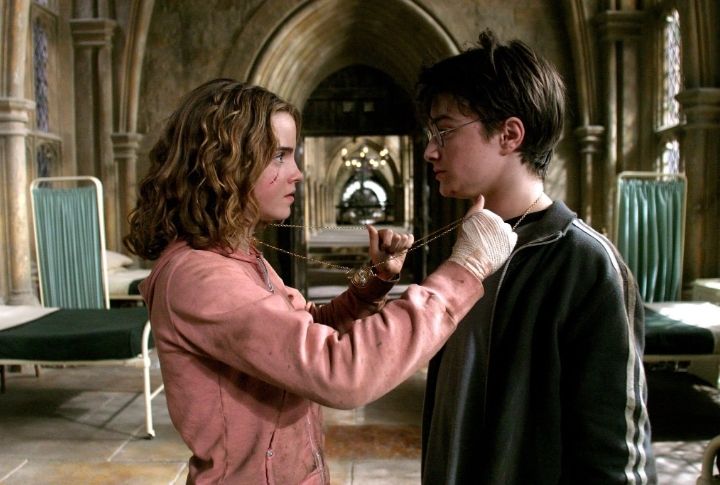
Like many movies dealing with time travel shenanigans, the Harry Potter series suggests that meddling with time is dangerous and tightly regulated. Hermione’s use in Prisoner of Azkaban was limited to avoid catastrophic consequences from major alterations.
Marty’s Unrecognizable Past
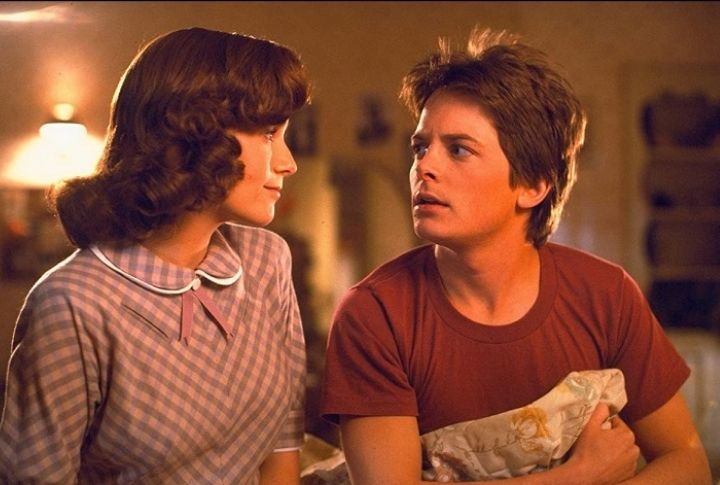
Considering how big Marty’s influence was on his parents’ meeting, it’s surprising that his parents didn’t recognize him. As glaring as the plot hole is, it’s plausible they wouldn’t recall a brief acquaintance from decades ago as they would focus on the emotional impact of the events rather than precise details.
Buzz’s Confusing Behavior
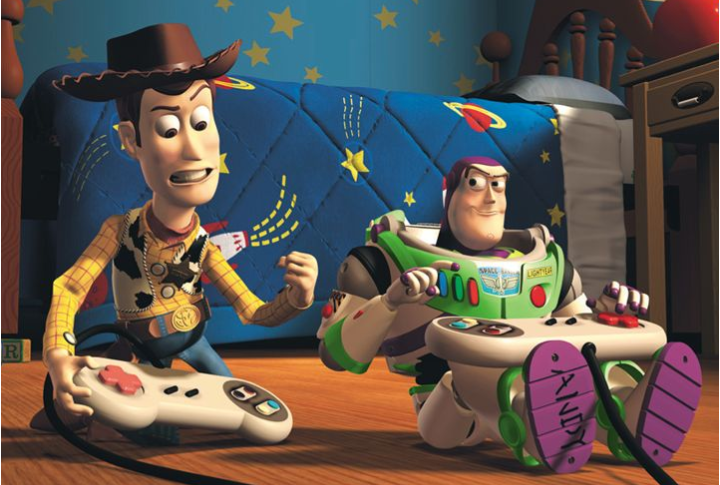
Buzz Lightyear initially believes he’s real, yet freezes like a toy when humans are present. This could be an instinctual reaction, suggesting that Buzz adheres to the unwritten rules of being a toy in Andy’s world, even without conscious awareness.
Inception’s Unclear Ending
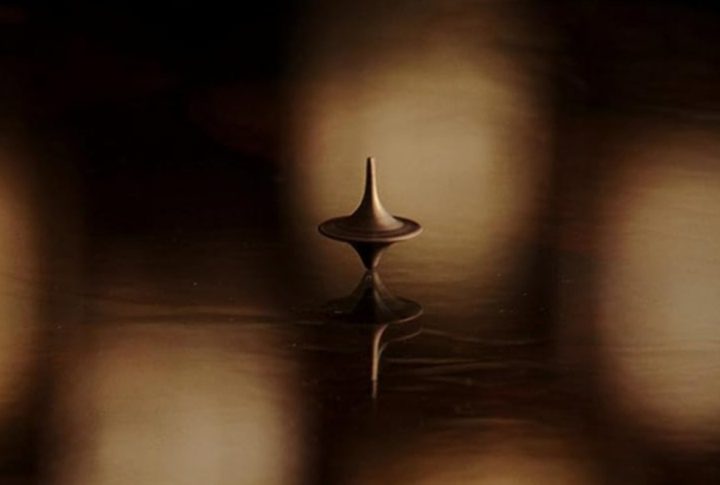
The spinning top’s ambiguity leaves viewers questioning reality. Director Christopher Nolan intentionally avoids clarity to mirror the film’s theme: questioning what’s real and what’s a dream, leaving interpretation open.
Bruce Wayne’s Return
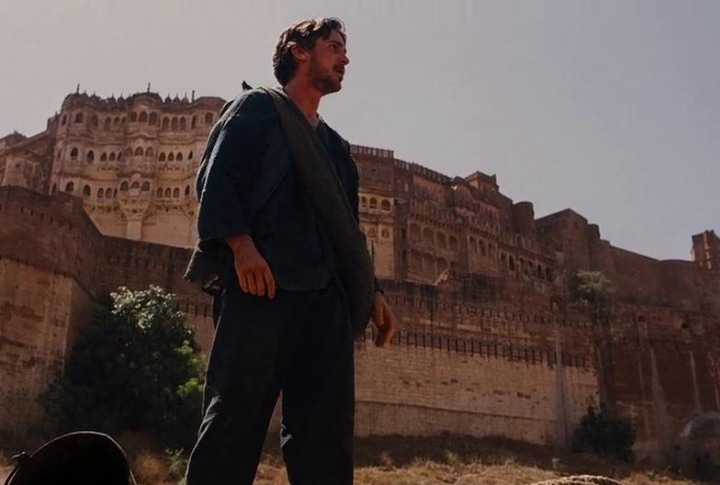
After Bruce escapes the pit, we have no idea how he gets to Gotham so fast. Given his extensive training and resources, it’s reasonable for him to traverse the globe discreetly. This showcases his resilience and determination to save his city against all odds.
Anna’s Selective Memory
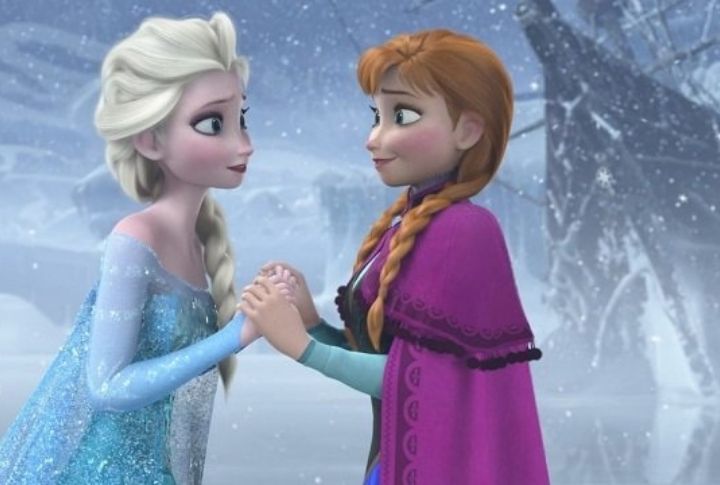
In Frozen, Anna forgets Elsa’s powers after the accident. Turns out the trolls altered Anna’s memories to protect her from trauma, allowing her to have a happy childhood without fear or misunderstanding of her sister’s abilities.
Neo’s Limitless Abilities
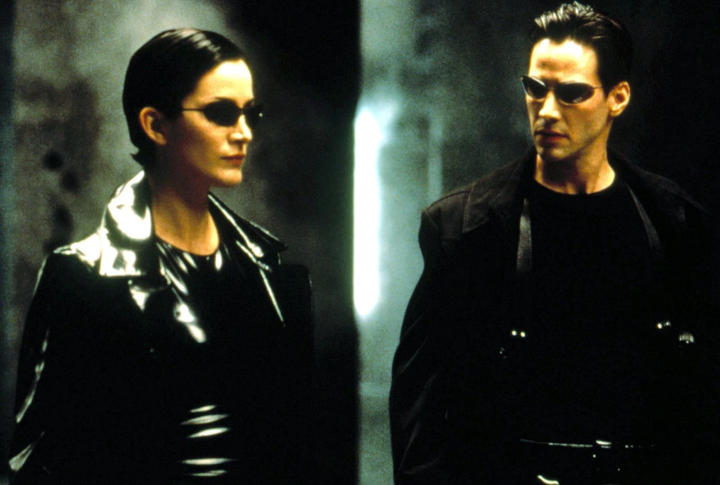
In The Matrix, Neo’s powers within the simulation seem limitless. This can be attributed to his unique ability to bend and rewrite the Matrix’s code, representing the ultimate evolution of human potential within a controlled digital reality.
Ned’s Tech Skills
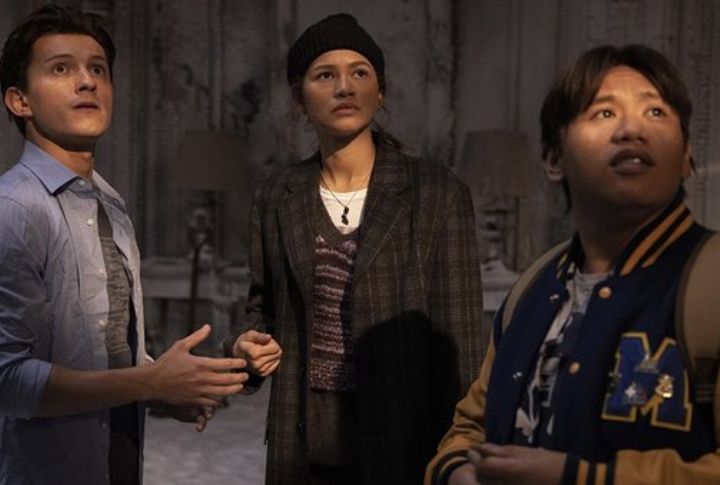
Spiderman Homecoming subtly establishes Ned’s tech-savvy nature early on, highlighting the skills of a modern teenager adept in digital environments. This slight nod or nudge makes his abilities more plausible in the long run.
Terminator’s Time Loop
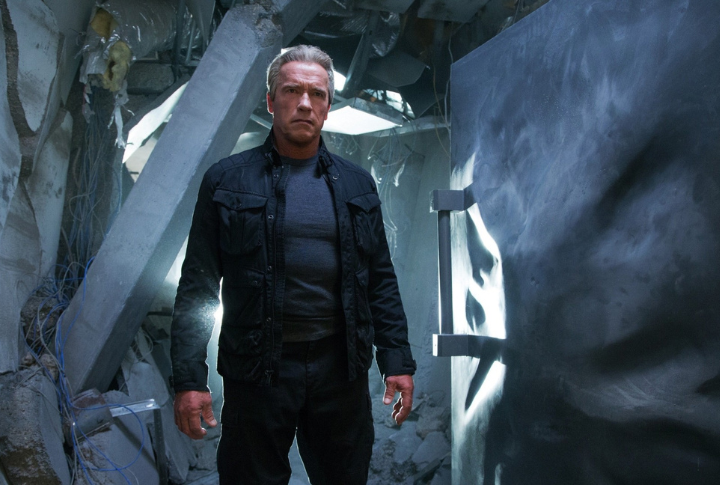
The time travel logic in Terminator can be confusing. This series operates on the idea of a closed-loop paradox, where actions in the past are predestined to ensure the future, suggesting an inescapable cycle of events, regardless of interference.
Hulk’s Transformation Control
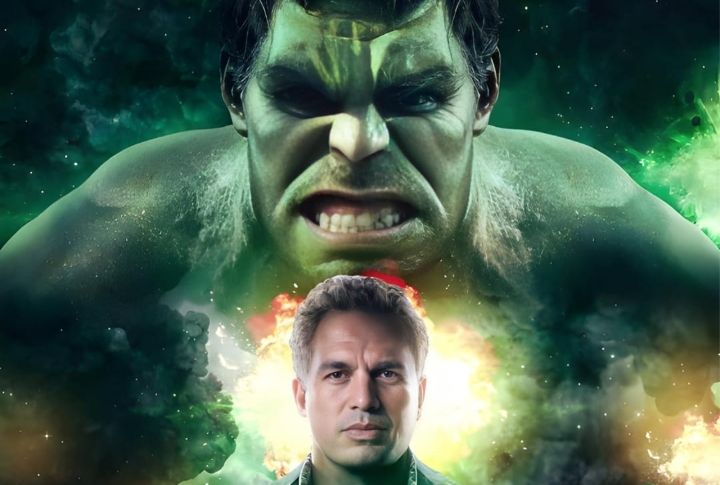
In The Avengers, Bruce Banner controls the Hulk by the end. It’s hinted that accepting his dual nature allows him to channel the Hulk’s power voluntarily, highlighting the struggle between his identities and achieving harmony through acceptance.


Comments
Loading…